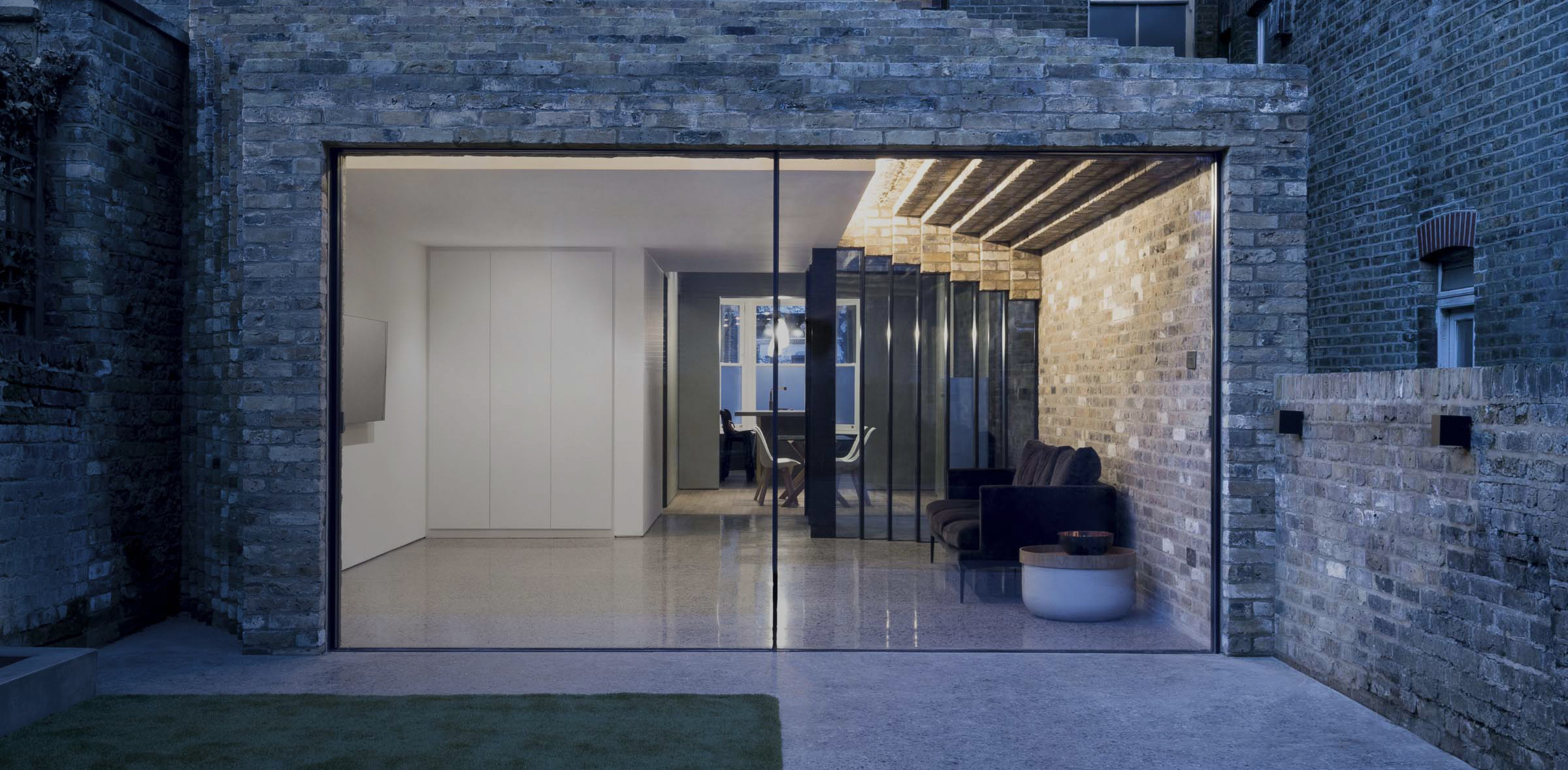“Architecture begins with a thought … a dream … a single line.”
August’s most watched architectural film starts smoothly enough, with the usual poetic soundbites, inspirational piano music and elegant imagery. The trailer appears to portray the epic visions and noble principles of a renowned “starchitect”, pictured in a stunning gallery space at a singular, concrete desk. Donning round, black spectacles and drawing a delicate line with a scale rule, this lone genius embodies every architectural cliché imaginable.
So far, so predictable. Things take a turn, however, when Gerhardt Fjuck’s extraordinary portfolio of buildings is revealed…
“He built three of New York’s most iconic buildings: Port Authority, Penn Station and LaGuardia,” says Professor Harold Ankenpuss of Oxford University. The use of the word “iconic” in this sentence will undoubtedly bring tears to the eyes of New Yorkers everywhere, and not tears of joy. A character crafted by the brilliant Arturo Castro, Gerhardt is like every celebrity architect from the past 30 years, with a cruel twist — he specializes in creating the world’s ugliest buildings.
For Gerhardt, this means overbearing Brutalist structures with hideous aesthetics and appalling layouts, each more soul-destroying than the last.
“Before Gehardt, everybody thought buildings needed to have windows, places to sit down, ventilation,” explains Yan Lündergard of Dane Magazine. “Gehardt comes along, and says ‘Why? Why don’t we build the world’s first above ground basement?” Overflowing with ego, Gerhardt has little time for light, air or any semblance of human comfort. In the architect’s own words: “When you enter a Gerhardt environment, I want you to feel like I hate you personally. Because I do.”

Castro’s four-minute parody, hilarious and tragic in equal measure, eloquently highlights the subtle flaws that make failed architecture so depressing. It moves beyond the more obvious visual missteps to speak to the psychological impact of bad buildings, calling out the negative effects that people may not realize are connected with their environment. “A Gerhardt building will make you feel like sh*t … and you won’t even know why,” muses Lündergard.
Digging into this concept, the architect outlines a few key ingredients for creating truly dysfunctional public spaces: “I want you to feel too close to the man beside you; I want you to feel too far from the restroom. I want you to buy a veg sandwich and balance the cellophane on your knees, struggle to have a meal without a table or surface … I want you to feel motherless and sad.”
James Handy, podcast host, follows this up with a handful of more physical symptoms of distress: “the low ceilings, the flickering lights, the particular way the linoleum peels and cracks … you walk into one of his buildings and your whole body just says, ‘wow … this sucks.’”

While each of these common flaws seems minor when viewed in isolation, their accumulation results in a public space akin to a post-apocalyptic wasteland. For anyone in doubt, Manhattan’s Port Authority provides all the necessary evidence. Everyone can unite in their distain for these design disasters, but real-world architects may feel some of the criticism hitting a little close to home. The interviewees’ collective explanation of Gerhardt’s actions is brutally simple:
“Why does he do this?”
“Well, he’s an architect.”
“It’s the kind of sh*t he does.”
Yikes … it’s an accusation we thought only Frank Gehry could make. While this film is shrouded in humor, the criticism it brings to the surface is incredible relatable — and all too real. For all his villainous qualities, Gerhardt Fjuck teaches us more about bad architecture (and bad architects) than almost anyone else in recent times — and for that, he has our respect …









